Understanding Exterior Renovations
Definition and Importance of Exterior Renovations
Exterior renovations encompass a variety of projects aimed at enhancing the outer aspects of a home, which can include updating the siding, windows, doors, roofing, and landscaping. These renovations are crucial for maintaining the structural integrity of a property while also significantly influencing its curb appeal and market value. Investing in exterior renovations is not just a matter of aesthetics; it often contributes to improved energy efficiency, reduced maintenance costs, and increased overall comfort within the home.
Common Exterior Renovation Projects
Homeowners often undertake various exterior renovation projects depending on their specific needs and budget. Some common renovations include:
- Siding Replacement: Changing the material or style of siding can refresh a home’s look and improve insulation.
- Roofing: Replacing an old roof with high-quality materials can prevent leaks and improve energy efficiency.
- Window Replacement: New windows can enhance natural light and decrease heat loss, leading to lower energy bills.
- Deck and Patio Construction: Adding or upgrading outdoor living spaces can increase property value and improve enjoyment.
- Landscaping: Optimal landscaping enhances curb appeal and provides a welcoming transition from the street to the home.
Benefits of Investing in Exterior Renovations
The benefits of exterior renovations are manifold. Firstly, they can significantly elevate the overall aesthetic appeal of a home, making it stand out in the neighborhood. This not only boosts personal satisfaction but also enhances property value. Studies show that homes with quality exterior renovations can sell for 10% to 20% more than similar homes without upgrades.
Moreover, updated exteriors can enhance energy efficiency. For instance, proper insulation in the walls and new double-glazed windows can lead to significant savings on heating and cooling costs. Lastly, exterior renovations often increase safety and functionality; features like a sturdy deck can provide a safe area for family gatherings and outdoor enjoyment.
Cost Factors for Exterior Renovations
Average Costs for Popular Renovation Types
The costs associated with exterior renovations can vary widely based on several factors, including the size of the property, materials used, and the scope of the work. Here is an overview of average costs for popular renovation types:
- Siding Replacement: Typically ranges from $5,000 to $15,000 depending on materials.
- Roof Replacement: Generally falls between $6,000 and $20,000, again influenced by material and roof style.
- Window Replacement: Costs can span from $300 to $1,000 per window, depending on frame and glass type.
- Deck Installation: A new deck can cost $15 to $35 per square foot, based on the material selected.
- Landscaping Projects: Simple landscaping can start around $1,500, while extensive redesigns may total $10,000 or more.
Factors Influencing Renovation Costs
Several factors can affect the overall cost of renovations:
- Quality of Materials: Higher-end materials naturally cost more but can provide longer life and better aesthetics.
- Labor Costs: Hiring experienced contractors will increase the cost, but may save money in the long run through quality workmanship.
- Customization: Tailored solutions and unique designs will add to costs compared to standard options.
- Location: Renovation costs often vary by region, with urban areas typically seeing higher labor and material costs.
- Site Conditions: Challenging site conditions or existing structural issues can increase costs significantly as they may require additional work.
Budgeting Tips for Exterior Renovations
Proper budgeting is essential for any renovation project. Here are some practical tips to help manage costs:
- Establish Priorities: Identify which renovations are most important to you and your family to allocate funds effectively.
- Set a Contingency Fund: Reserve 10-20% of your budget to cover unexpected expenses that may arise during the project.
- Get Multiple Quotes: Always obtain quotes from several contractors to ensure you are getting competitive pricing.
- Consider Timing: Outdoor renovations are often cheaper in the off-season (fall or winter) when contractors have more availability.
- DIY Some Projects: For those with a knack for home improvement, handling minor projects can significantly reduce costs.
Choosing the Right Materials
Popular Materials for Exterior Renovations
The choice of materials plays a vital role in the success of exterior renovations. Popular materials include:
- Vinyl Siding: A cost-effective and low-maintenance option that comes in various colors and styles.
- Wood Siding: Provides a classic appearance, but requires regular maintenance to prevent rot and pest damage.
- Fiber Cement: Durable and fire-resistant, great for mimicking traditional wood siding without the upkeep.
- Metal Roofing: Known for its durability and longevity, metal roofs can withstand severe weather conditions.
- Composite Materials: Ideal for decks, composite materials offer the look of wood without the maintenance.
Durability vs. Aesthetic Appeal
When selecting materials, homeowners often grapple with the balance between durability and aesthetic appeal. While high-quality, durable materials might cost more upfront, they often yield better value in the long run due to reduced maintenance needs and longer lifespans. For instance, while cheaper vinyl siding may be tempting, wood or fiber cement offer superior aesthetics and longevity. Homeowners must carefully evaluate their long-term goals and the specific conditions in their local environment when making material choices.
Eco-Friendly Options for Exterior Renovations
More homeowners are seeking eco-friendly materials for their renovations. Options include:
- Reclaimed Wood: Using this material not only conserves resources but also adds unique character to your home.
- Recycled Metal: Harnesses already processed metal, reducing the need for new materials.
- Energy-Efficient Windows: They minimize energy consumption, improving warmth and reducing carbon footprint.
- Low-VOC Paints: These paints reduce indoor air pollution and are safer for the environment.
- Sustainable Landscaping: Utilizing native plants and xeriscaping principles can lower water usage and maintenance needs.
Finding Qualified Contractors
What to Look for in a Renovation Contractor
Choosing the right contractor is crucial for the success of any renovation project. Key attributes to consider include:
- Licensing and Insurance: A legitimate contractor should be licensed and have liability insurance to protect both parties.
- Experience: Look for contractors who specialize in exterior renovations and have a solid track record.
- Strong References: Obtain and check references or online reviews to gauge past performance and customer satisfaction.
- Transparency: Contractors should provide clear estimates and communication throughout the project.
- Warranty Offerings: Evaluate what warranties they extend on both materials and workmanship.
Questions to Ask Before Hiring
In addition to assessing credentials, it would be best to ask potential contractors a series of questions, such as:
- What is your expected timeline for this project?
- Can you provide a detailed written estimate?
- How do you handle unforeseen issues or changes in the project scope?
- What is your payment structure?
- What permits are required for this renovation?
Online Resources for Contractor Reviews
Finding trustworthy contractors can often be facilitated through various online platforms. Consider utilizing:
- Angie’s List: Provides user-generated reviews of contractors across many trades.
- HomeAdvisor: Connects homeowners with prescreened contractors based on job needs.
- Yelp: Useful for localized reviews and direct contractor comparisons.
- Google My Business: Offers reviews and ratings based on public feedback for contractors in your area.
Planning and Executing Your Exterior Renovation
Steps to Planning Your Renovation Project
Proper planning is the cornerstone of a successful renovation. Key steps include:
- Initial Assessment: Evaluate your needs and determine what renovations will meet those needs.
- Budgeting: Create a clear budget that takes into account all potential costs as discussed earlier.
- Design Planning: Utilize design software or professionals to visualize the renovations and adjust accordingly.
- Permits and Approvals: Ensure all necessary permits are obtained before work begins.
- Project Schedule: Develop a timeline that aligns with contractor availability and avoid peak seasons where possible.
Common Challenges During Renovations
Renovations can come with unexpected challenges, such as:
- Weather Delays: Bad weather can slow progress, so flexibility in scheduling is necessary.
- Supply Chain Issues: Material shortages can lead to delays, so early ordering is crucial.
- Budgetary Overruns: To combat this, maintain a contingency fund and prepare for unexpected costs.
- Permit Issues: Ensure all necessary permits are in place to avoid work stoppages.
- Communication Breakdowns: Keep communication lines open and set regular check-ins with the contractor to ensure alignment.
Measuring Success Post-Renovation
After the completion of an exterior renovation, it’s critical to assess its impact. Homeowners can measure success through various metrics:
- Increased Property Value: A comparative analysis with similar homes can help determine added value.
- Energy Bills: Monitoring energy consumption can reveal improvements in efficiency.
- Homeowner Satisfaction: Reflect on personal satisfaction and enjoyment of the newly renovated space.
- Market Interest: If selling, monitor inquiries and showings after renovations.
- Maintenance Needs: Subsequently assessing the maintenance requirements can provide insights into the effectiveness of the materials chosen.
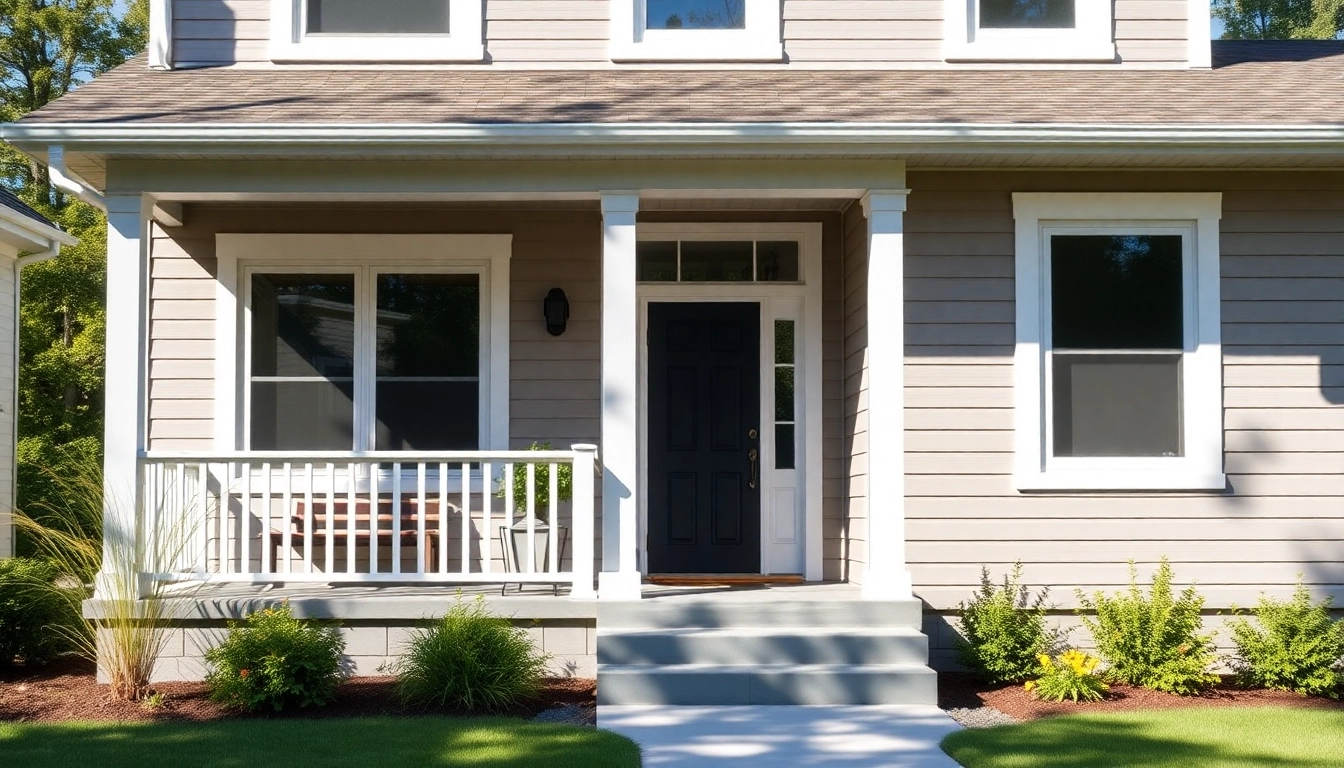


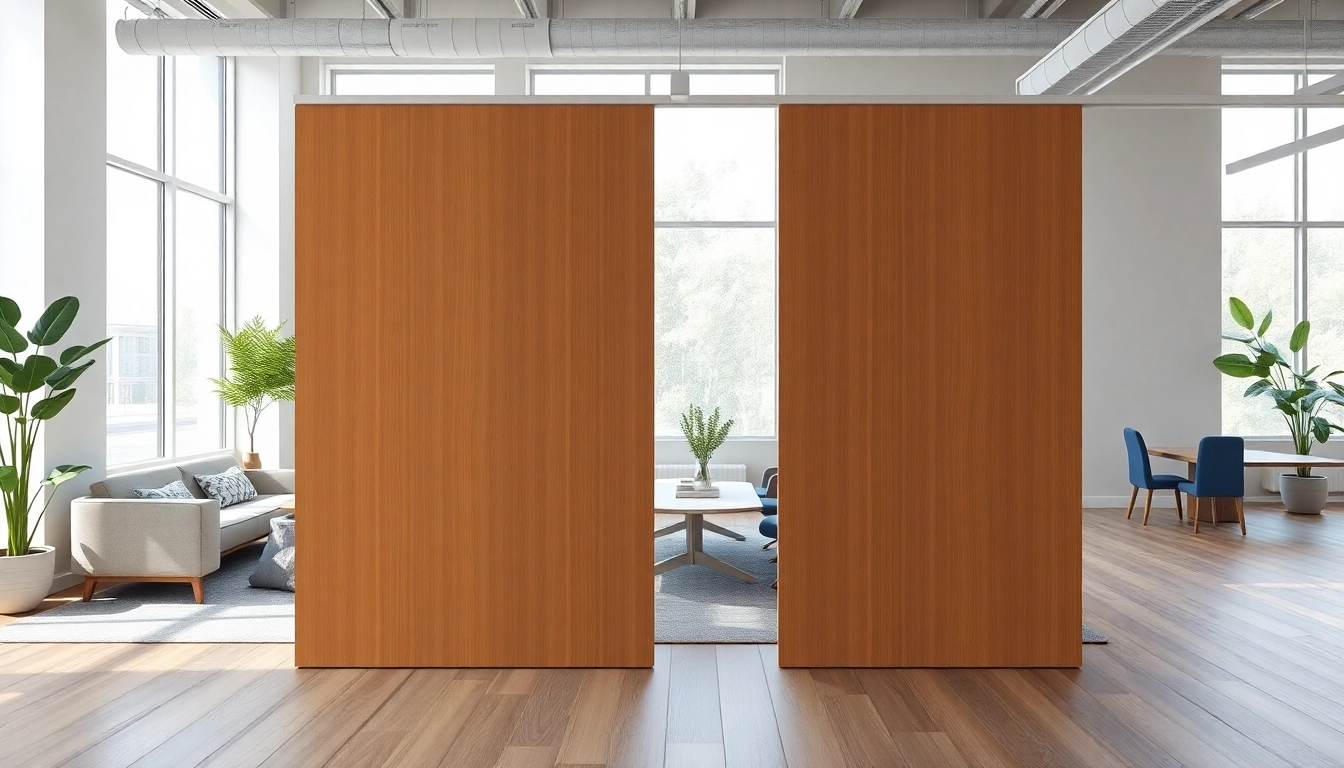
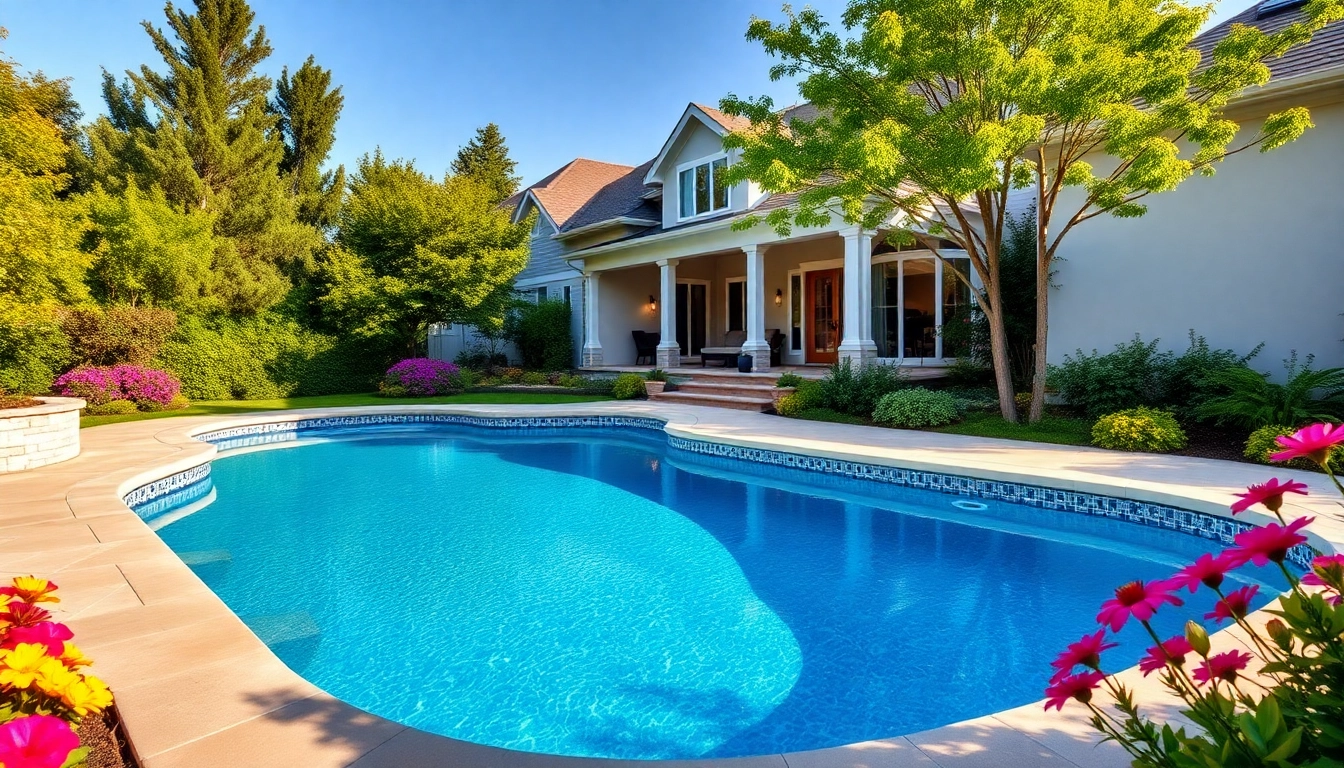





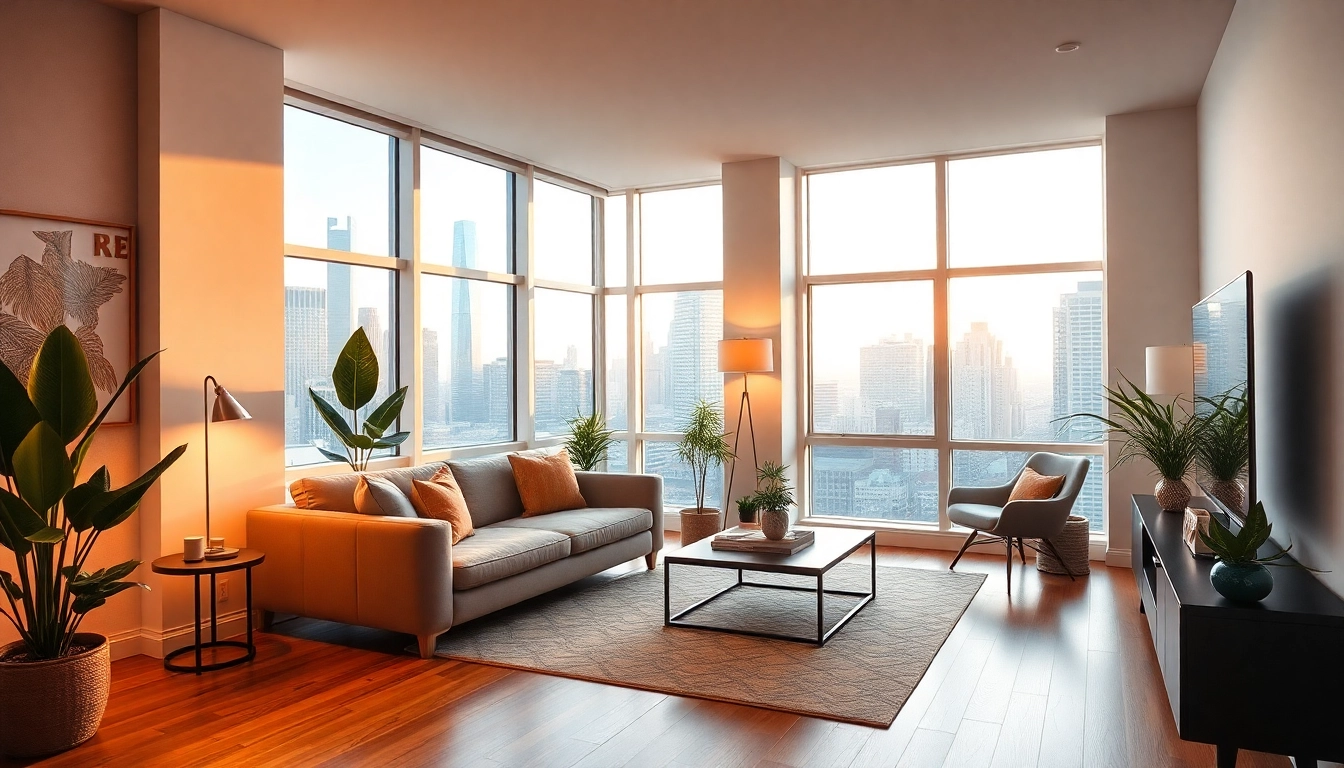


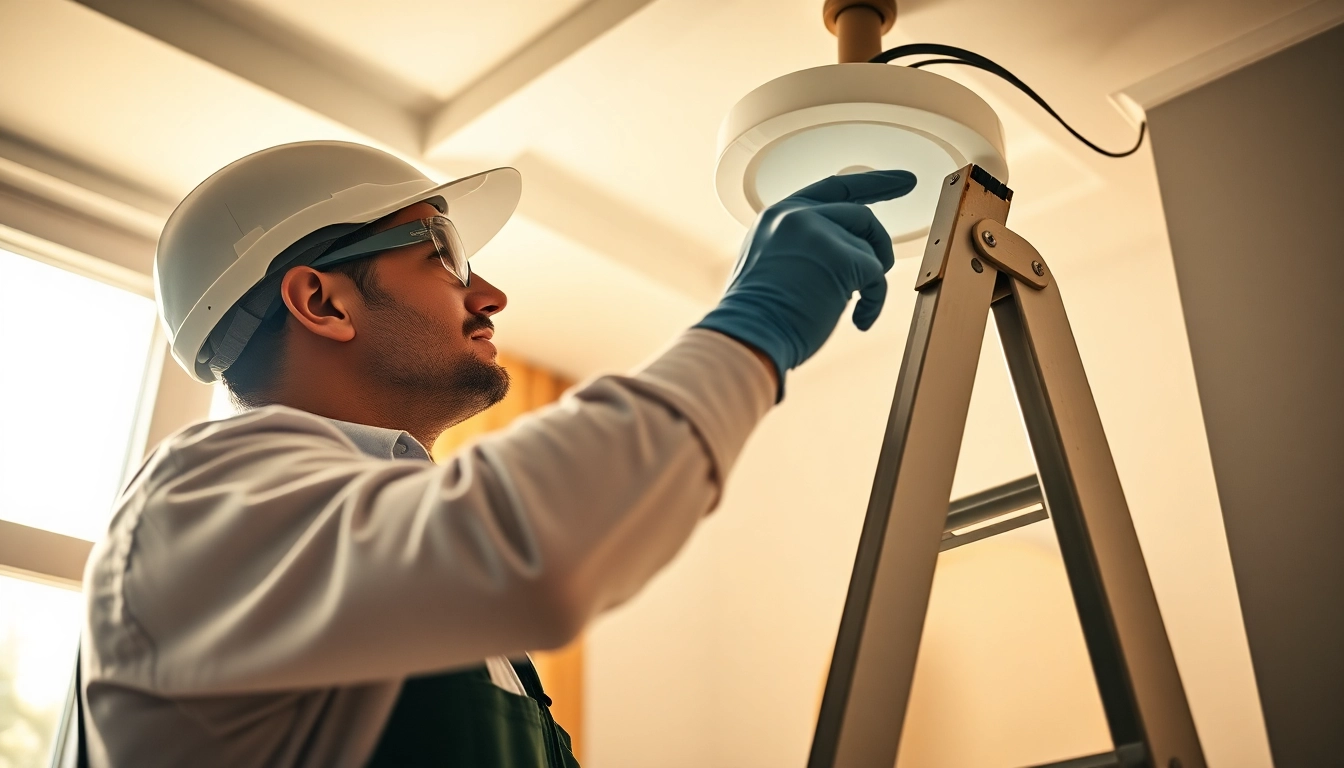

Leave a Reply